Why AmTrust’s President Believes in Office’s Reinvention
Opportunities abound for savvy investors, according to Jonathan Bennett.

The COVID-19 pandemic fundamentally changed the way businesses operate as it accelerated hybrid and remote work trends. Essentially, the office sector has been forced to reinvent itself. Sound familiar?
Not long ago, the retail sector was in a similar situation as the e-commerce revolution made it adapt in order to survive. And it did! Retail is benefiting from insufficient supply and creative uses of space, according to a recent JLL report. So why couldn’t office follow the same path?
AmTrust RE President Jonathan Bennett told Commercial Property Executive that the office sector will undergo a transformation comparable to retail’s post-2018 resurgence. Successful office landlords are already incorporating cutting-edge technology and design to create dynamic, engaging environments that not only attract users but also drive productivity and creativity, Bennett noted.
READ ALSO: Office Visits Continue to Improve
What type of investments make the most sense in the current economic climate?
Bennett: The office landscape, which was already struggling before the rate hikes, has seen values decline most significantly. This means that there are many properties available at a very attractive basis. Of course, there’s a huge amount of risk in office right now, which is contributing to those plummeting valuations. But, like most asset classes, office will have winners and losers. Despite all the negativity, the fact is that many properties are doing well, and we absolutely think opportunities still exist for well-appointed office properties in the right submarkets.
We’re also looking closely at multifamily. While multifamily occupancies are strong in most markets, many properties are on weak financial footing because of the interest-rate environment. As multifamily owners look to sell, that creates a similar opportunity to buy low. The multifamily asset class is fundamentally very solid, and we do anticipate rent growth to continue.
Meanwhile, remote and hybrid work are still on the rise as the trend toward greater flexibility persists. How do you ensure your office spaces remain adaptable to accommodate changing tenant needs?
Bennett: Remote work became common by necessity during the pandemic, and business owners realized that it was possible for their companies to function without an in-person presence. But even though it’s possible to work on a laptop from your living room, most executives don’t find a complete work-from-home policy to be ideal.
The majority of companies have now come back to the office on a full-time or hybrid basis, but the enduring impact of the pandemic is that the office now has to be more than just somewhere you go to get your work done. The right office can set the tone for a company, creating spaces employees want to come to and fostering an environment that drives corporate success.
Right now, we are enhancing several of our office properties, and we spend a lot of time thinking about how to design our spaces to make them as comfortable and welcoming as possible.
In tenant space, we’re focused on creating attractive finishes, great lighting and communal areas where people can congregate beyond their desks. By including elements like soft seating and maximum daylight in these spaces, we’re creating attractive areas for working beyond the desk that can really have an impact on creativity.
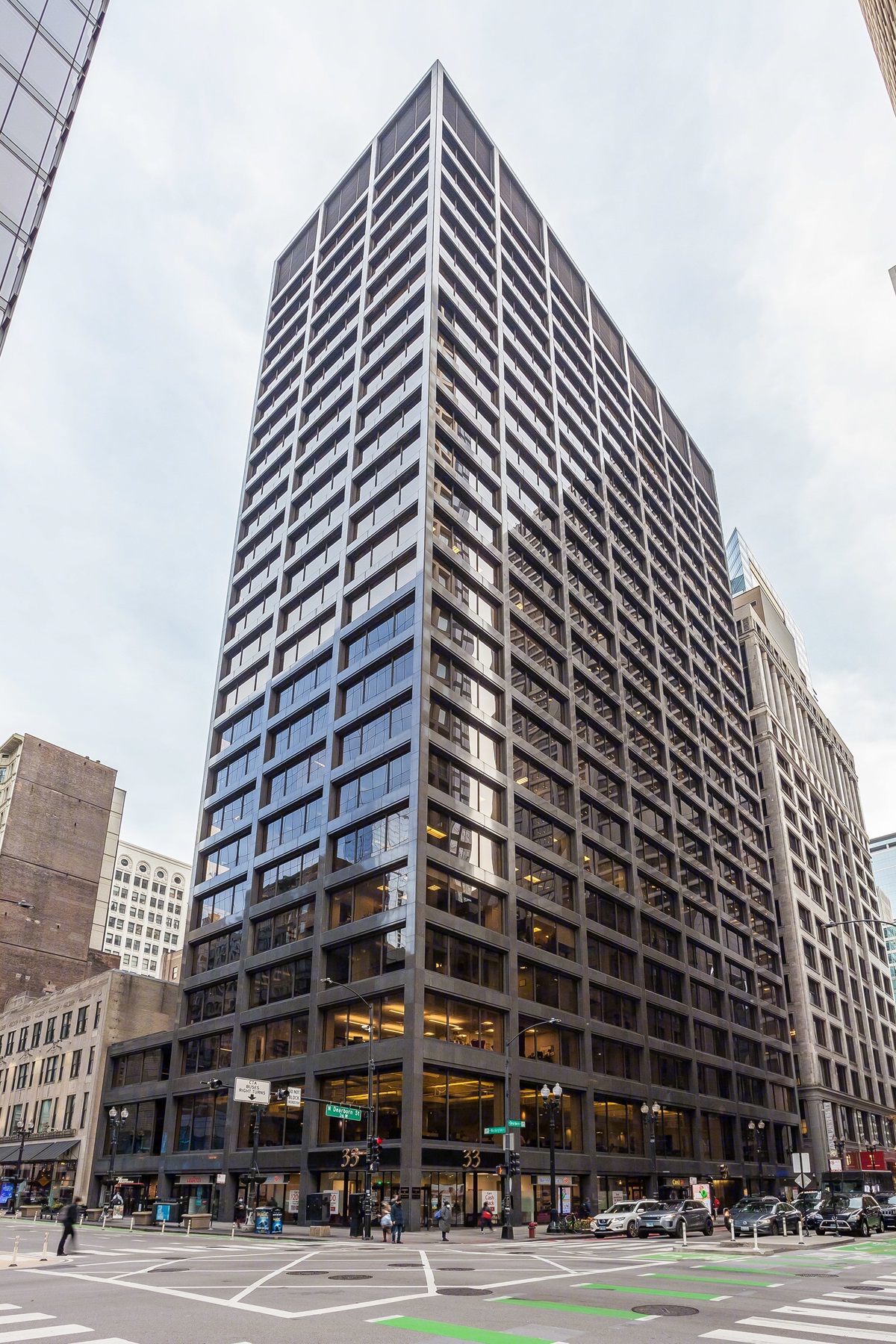
How do you balance the need for private offices versus collaborative spaces in your buildings?
Bennett: The office layout is often tenant-driven. Around 10 years ago, we saw a significant shift in layout. Perimeter offices went out of vogue, open seating areas became more prevalent and people were saying that the closed-off office was dead. If offices existed, they were located within the building core, with all the sunlight going to the open seating areas.
Today, things have shifted back somewhat. Everyone now acknowledges the value of having open areas receive sunlight, but perimeter offices have come back and now typically take up a portion of the window space.
Are there any particular amenities that have been effective in bringing users back to the office?
Bennett: Most of the resistance that exists about working in an office isn’t about the office—it’s about the commute. The office itself can be a fun experience for workers and a means of driving collaboration for employers.
For small tenants, one of the most important amenities is flexible conference space. Many companies have 3,000 or 5,000 square feet of space for their entire operations and have minimal space allocated for meeting rooms. For these tenants, the ability to access conference rooms that are well-designed and fully equipped to handle remote conferencing with Zoom and Microsoft Teams can make a huge difference. A good conference facility can be a critical factor in their decision to lease a space.
It’s also important to have areas that promote more casual employee interaction. In one of our buildings, we just opened an amenity space with a pool table, shuffleboard and couches. When people need a break from work—or even just a change of scenery—they’re able to go to a living room-type environment and play a game or work in a more relaxed atmosphere.
Many of our office properties have ground-floor restaurant space, and we always strive to find the best retailers for those properties. We try to be thoughtful about looking at the building itself, the neighborhood and the tenant mix to bring in the right eatery.
Do you plan on expanding your office portfolio in the near future? If so, what metros are you targeting?
Bennett: We are headquartered in New York and own several office properties here, and we continue to see upside in the city’s CRE market. We’re also opportunistic about investing in other markets where we see upside. We are considering deals in many primary and secondary markets and have recently been looking closely at office properties in cities including San Francisco and South Florida.
How are you hedging against current and future risks in the office market?
Bennett: There will always be ups and downs in the market, but there are a few things we do to try to navigate downturns. One is long-term debt. For nearly all of our assets, a significant portion of the capital stack is long-term, fixed-rate financing, which lets us insulate ourselves from the worst ups and downs in interest rate markets.
A second is focusing on buildings that have a purpose. It is probably true that the office landscape and the retail sector have been overbuilt, but that doesn’t mean you should write off these asset classes. One of the critical factors that will dictate a building’s success is its location. For example, in New York, there’s a significant difference in office vacancy rates based on proximity to transportation hubs. Properties can be highly amenitized, but if they add even 10 minutes to an already-long commute from Long Island or Westchester, they’ve become much less attractive to tenants looking for space. Nearly every property in our portfolio has a great location within the local market, which helps us stave off the impact of a downturn.
Finally, diversification is key, and we are actively looking at opportunities across different asset classes and locations to ensure we have significant portfolio diversification.
READ ALSO: The Office of the Future
What advice would you give to someone looking to enter the office space today?
Bennett: When it comes to the office sector, I think we’re near the bottom of the market and that means there’s quite a bit of upside—so it’s a great time to break into the industry. People looking to move into the sector have a unique ability right now to build relationships. Phones aren’t ringing off the hook and everyone’s looking for a way to reinvent their properties. So that gives entrepreneurial people with fresh ideas an opportunity to start building connections.
Six or seven years ago, retail was the ugly stepchild of real estate. As e-commerce rose, retail real estate was plummeting, and many people thought the sector would never bounce back. Fast forward to 2024, and retail is doing fine.
There’s a compelling case to be made that office right now is where retail was in 2018, with the sector struggling, some product being converted and very little new supply being built. As the economy bounces back, we will see more absorption, and some of today’s investors will look like geniuses in just a few years.
What trends do you expect to shape the office sector in the next five to 10 years?
Bennett: When I think about the office in 2030, I come back to one of the points I made earlier. We don’t need offices to conduct business in the same way we did a decade ago, so the office has to be more than it once was.
Even before COVID-19, there was an understanding that the workplace experience had to be elevated. Major employers like Google and Facebook created office settings with a hospitality component, and some real estate developers took note and began rethinking their approach to office properties.
After the market dislocation of COVID-19, vacancies went up overall, but the properties that are really struggling are the ones that haven’t taken these lessons to heart. Companies looking for space are willing to pay more to get a truly dynamic environment, and office owners have to meet that need.
Looking ahead five to 10 years, we’re going to see an improved office sector with cutting-edge technology and design, collaborative spaces and amenities. In summary, workplaces that drive people to come into the office and play a tangible role in fostering their creativity and productivity.

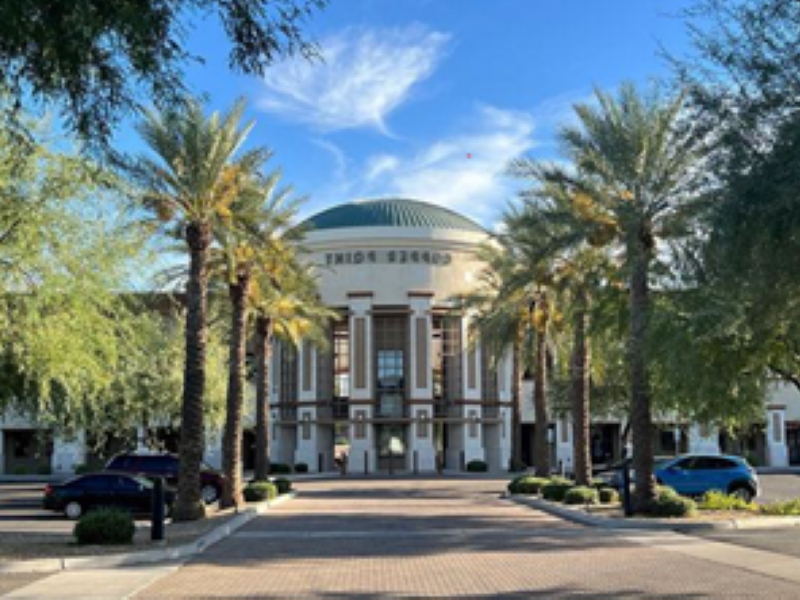

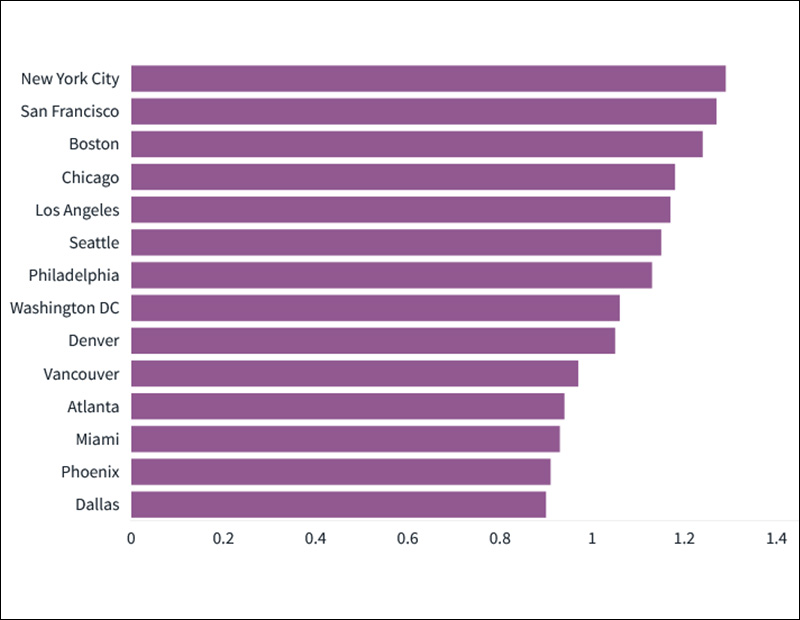
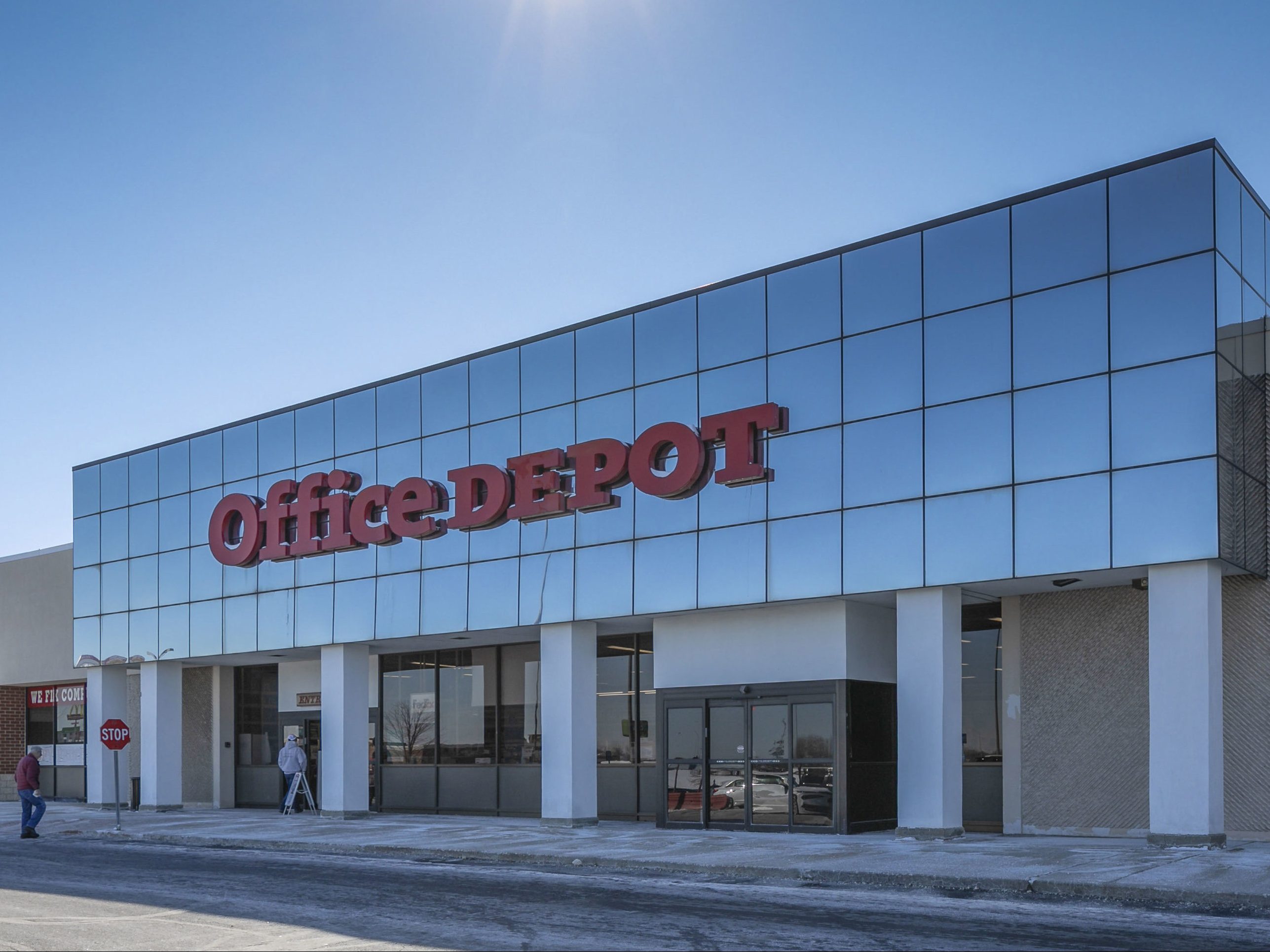
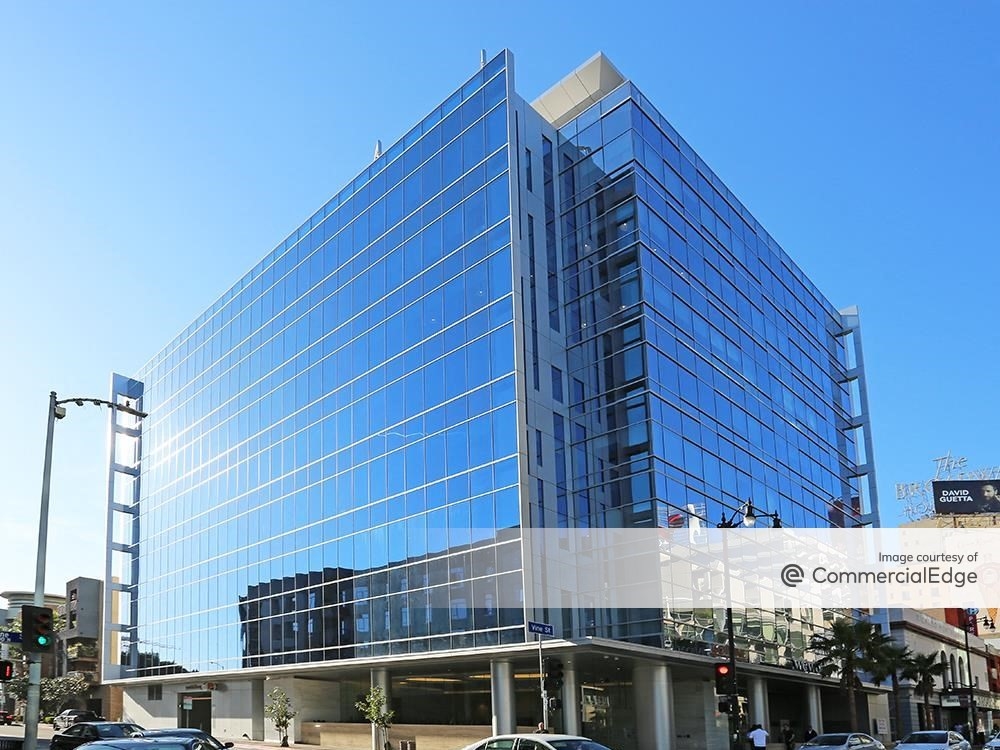

You must be logged in to post a comment.